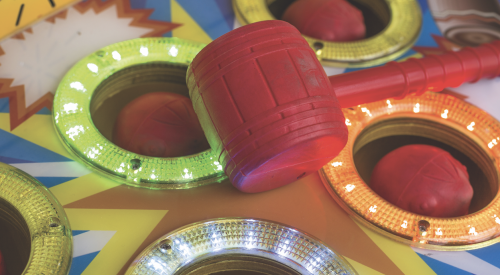As a consultant, I literally spend 30 hours a week on the phone with builder owners, CEO’s and senior level staff of Home builder’s, Real Estate Brokers and Land Developers. My approach on every call is to build a relationship and determine the pain points that keeps these executives up at night.
The feedback I receive is both interesting and surprising. The surprising part of my phone call resolves around the discussion with the leader articulating a problem with people, process, sales, technology etc. The leader quickly identifies the issues in their business that are causing a lack of share, sales, profit, or productivity. The discussion usually trends towards potential solutions that if embraced, can have a good probability of really making a positive change in their business with a real ROI. Now the really odd part of the discussion begins.
After agreeing that a proposed intervention can improve the circumstances described, the leader then begins to argue that any change today is more painful than a fix to the problem that was stated. Specifically, the leader talks about any solutions being distractions to the norm.
So we have leaders willingly agreeing that a problem in their business is holding them back from being more successful but refusing to do anything about it because of the fear of changing anything that may impact the daily quest of building and selling that next home. The problems that have now existed for several years for these business leaders are more comfortable to live with than the potential fix.
When you are paralyzed with the fear of change your destiny is pretty much spelled out for you. We as leaders need to do whatever we can daily to improve. Any increase in our success is going to require change. This competency to embrace change as a normal part of our daily work is critical for businesses to be able to survive and ultimately thrive in the future.
Don’t get comfortable with mediocrity, drive daily positive change into your organization. Be bold and look constantly for new methods to succeed. Recognize that any change done well will not in fact be problematic to your current operations. You just need to understand that the old model for creating change is no longer applicable in 2012.
I welcome your comments and inquiries.













